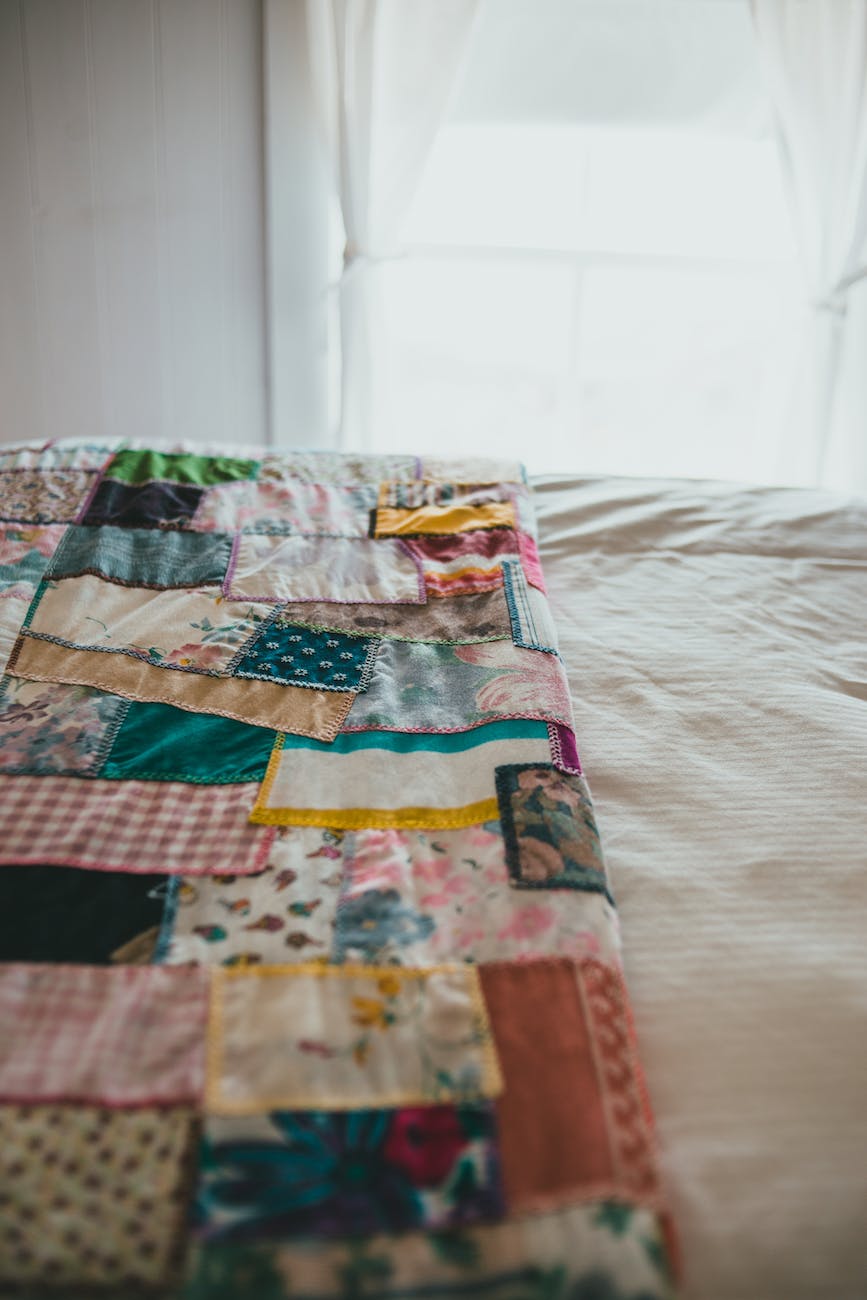Mastering Quilting: Essential Skills to Elevate Your Craft
Moving beyond novice quilter status requires actively honing abilities in design, color, technique, finishing, and understanding fabric properties thoroughly. Whether specializing in utility quilts or pursuing art quilting, mastery comes from patience, humility, and frequent practice more than innate talent. Approaching quilting as an artisanal craft to refine over a lifetime unlocks new levels of achievement and pride.
Achieving Precise Piecing
Accuracy creates polished results through steps like:
- Carefully pressing seams after stitching to set them and prevent distortion.
- Nesting seams when joining units to perfectly align fabric patterns.
- Chain piecing duplicate blocks for efficiency while remaining mindful.
- Double checking seam intersections before trimming dog ears.
- Perfecting scant 1⁄4 inch seam allowances with a marked needle plate or tape guide.
Selecting Fabrics Intentionally
Choosing suitable fabrics prevents problems:
- Avoid cheap lightweight prints prone to fraying. Select quality 100% cottons.
- Starch fabric strips before cutting to prevent stretching and skew.
- Pair small scale busy prints with solids for clear definition between pieces.
- Audition value contrast and colors side by side to confirm they read as intended at a distance.
- Consider fabric washability, thread count, opacity and feel for quilt’s use.
Learning Key Quilting Stitches
Various hand and machine stitches create desired effects:
- Outline quilting defines shapes. Meandering fills space. Stippling adds allover texture.
- Mark stitching lines first with chalk, soap, or specialized marking tools for consistency.
- Build muscle memory for even stitch length, spacing and tension through practice.
- Use heavier threads and needles sized for thickness when quilting through multiple layers.
Refining Design Skills
Approaches for compelling compositions:
- Sketch ideas to work out color balance, value contrast, negative space dynamics before piecing.
- Study shapes, motifs and layouts from other disciplines like painting, architecture and textiles.
- Limit the number of fabric patterns for unity. Repeat motifs to link areas.
- Carefully audition block arrangements before final assembly to ensure pleasing flow.
Quilting mastery comes not from natural-born talent but devotion to the craft of precision and purpose that reaches beyond technical skills to touch artistry.
